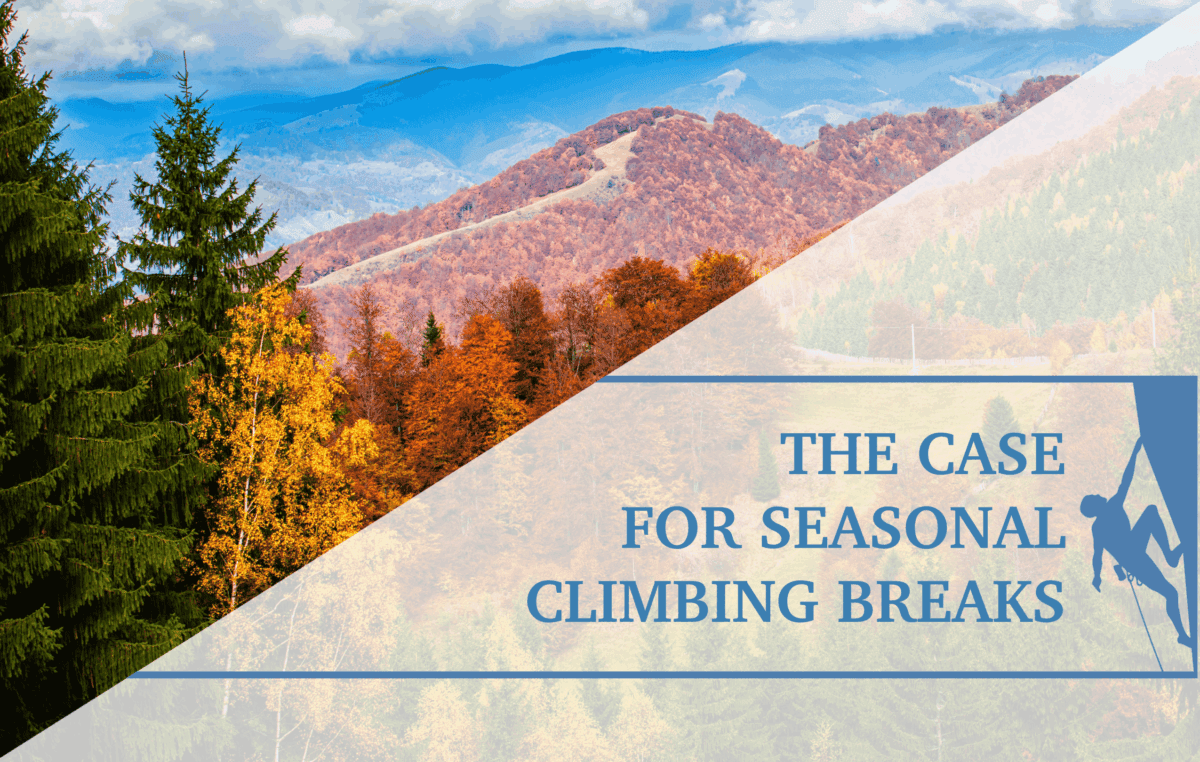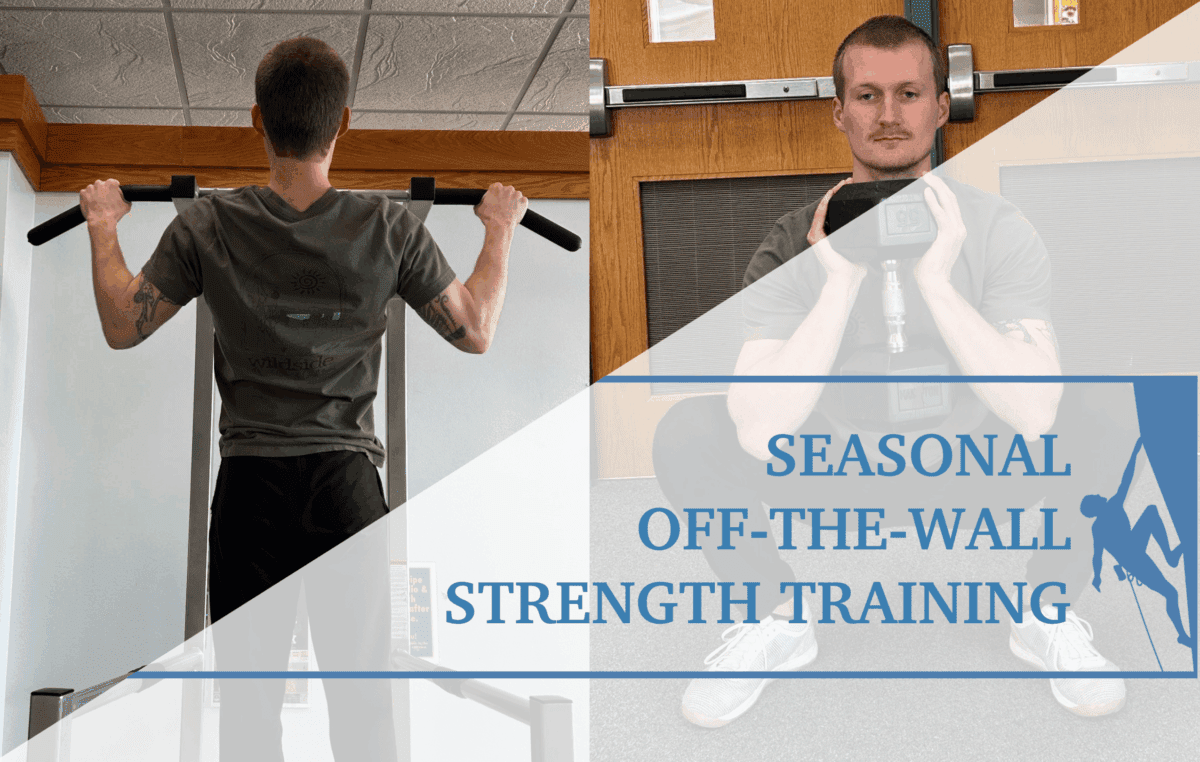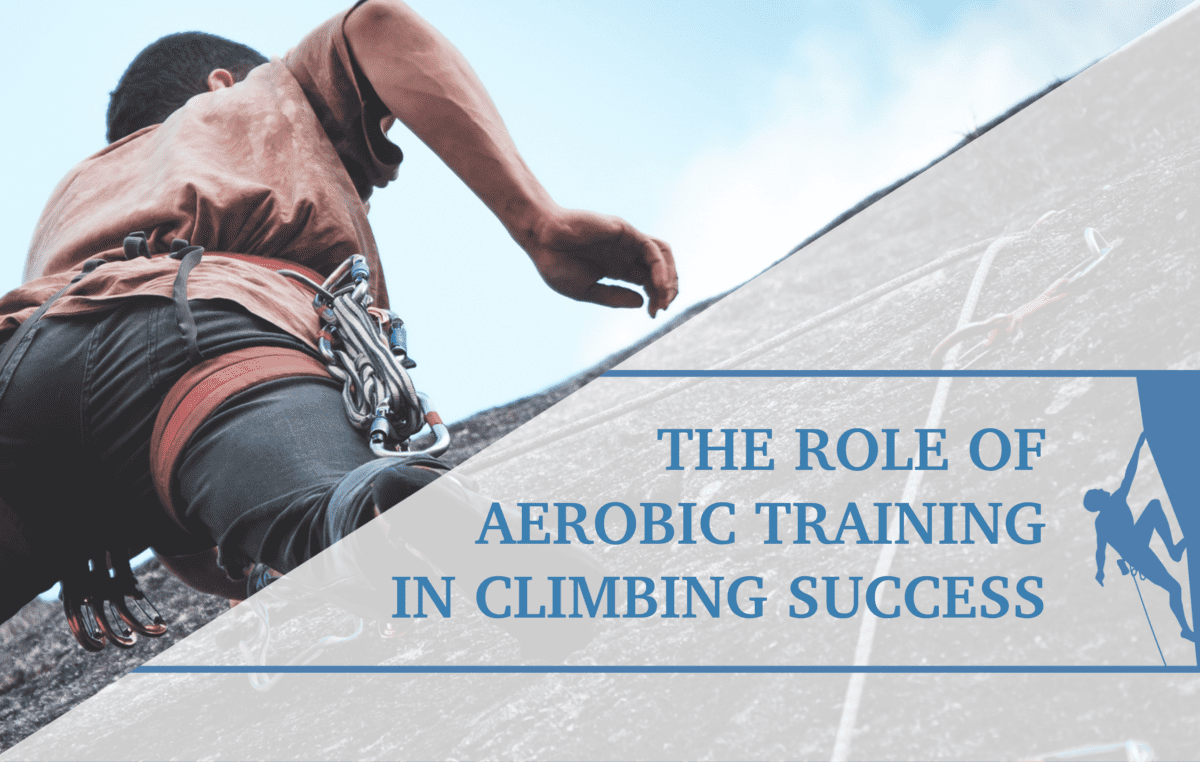Optimizing Motor Control and Motor Learning in Climbing
Climbers innovate. It is in our nature. Every year, we bring new movements to ascend the ever increasingly difficult and technical routes and boulders, both inside and outside. Whether it is feet-first beta, or a combination of compression moves with a drop knee toe hook, our bodies and our minds work together in beautiful harmony to come up with unique sequences that allow us to solve these increasingly complex problems.
What if I told you there was a way to train smarter? What if there was a way to create a space for yourself where this harmony of mind and body could thrive, providing an opportunity to place these seemingly elusive movements within grasp?
This is what optimizing motor control and motor learning within climbing is all about.
Now, Motor Control (MC), Motor Performance (MP) and Motor Learning (ML) are not new concepts. Scientists, athletes, coaches, and movement specialists have been trying to understand how we learn and master new skills and movements for decades; and with that, a variety of theories have emerged to represent them.
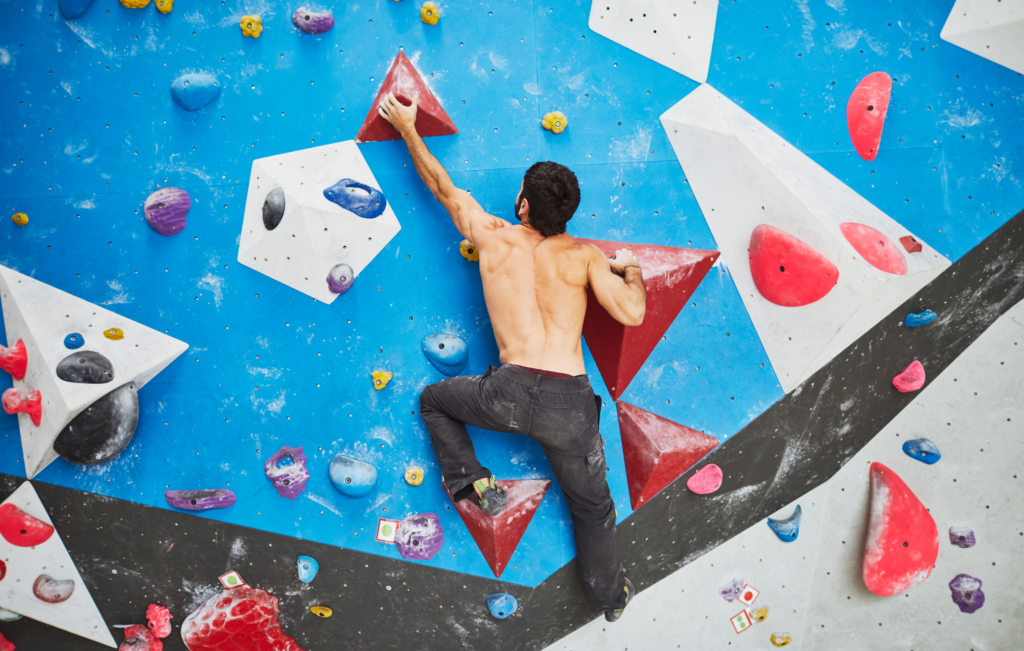
So what exactly do these terms mean?
- Motor control (MC) is defined as the ability to regulate or direct the mechanisms essential to movement1. Quite simply, it’s your voluntary control over your body during a task, like reaching for that cup of coffee on your table.
- Motor performance (MP) is the transient ability to control your body for a desired action, like successfully making a hard dead point move once or even several times within one session. Motor performance benefits from coaching, watching others, and practice. It may not be retained during next week’s climb, though.
- Motor learning (ML) is the acquisition and/or modification of movement. Motor learning offers an important distinction between itself, and MP. Motor learning implies a more permanent change to the way we accomplish a specific action or movement. It is like coming back next week and successfully making those same dead point moves to repeat that problem. Learning happens from exposure to these desired movements and practice. Knowing these definitions will help us better apply the principles of MC and ML in the context of climbing.1
Additionally, there are three phases of motor learning: Cognitive, Associative, and Autonomous which we will define below.
- Cognitive stage: In this first stage, the learner is “concerned with understanding the nature of the task, developing strategies that could be used to carry out the task, and determining how the task should be evaluated ”.1
- Associative stage: In this second stage, the learner has decided upon their best strategy for movement and has begun refining it. Typically, growth in this phase is slower and not as large as you might see in the cognitive stage.1
- Autonomous stage: In this third stage, the learner can accomplish this action as an acquired skill and may be able to translate what they have learned to a new route, or within different weather conditions. This opens the learner up mentally to apply the rudimentary movement in a variety of contexts and conditions.1
As shown below, the level of attention required of the learner decreases as they move through these stages of learning.
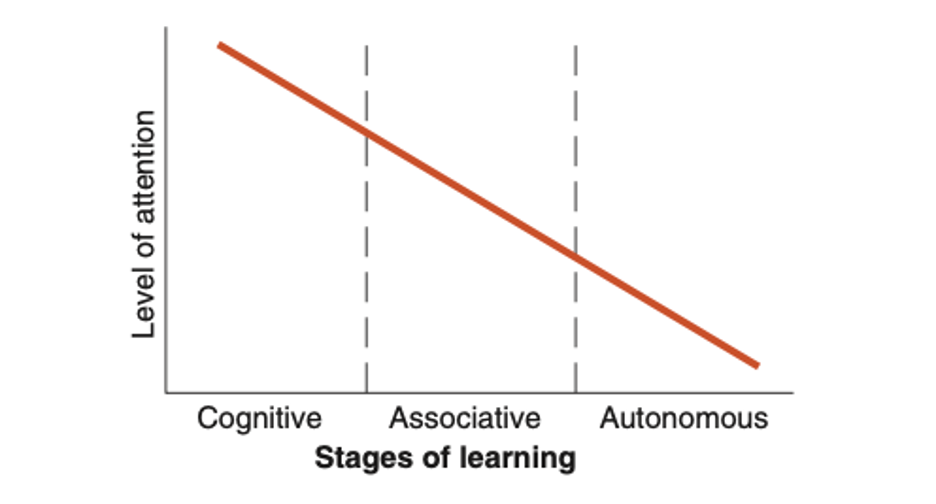
Motor Learning In Climbing
When you allow yourself to start thinking about MC and ML in the context of climbing, you begin to see the unlimited examples of isolated techniques, the variety of movement strategies between climbers, and the specific “microbetas” they employ. Additionally, these stages of learning are rarely siloed and often blend into one another in the specific context of our sport. For example, when one approaches a difficult problem or route for the first time, they begin to see the solution(s) through the lens of a cognitive learner. As this individual is processing through the moves, they are imagining the varying levels of tension, the opportunities for static and dynamic moves, and types of holds included in the route. They begin thinking about their own individual body’s capabilities and access to skills required for the moves, and if their strategy has to look a lot different than someone else’s. Even if they are a more advanced climber, it is a part (or should be a part) of how they begin to solve a problem. Advanced climbers know what skills they can use to solve specific sequences; they know their strengths and weaknesses on a variety of wall angles and hold types; they know when to be dynamic and when to be static and calculated. Visualization and miming through the moves are an excellent example of this and how a climber might turn a movement concept into actual physical performance. When approaching new grades, wall angles, or even new movements a climber resets this process and begins anew again.
Then almost effortlessly, the stage blends into the Associative phase where we spend the majority of our time refining these strategies and working out the moves in order to improve our movement economy—this is what I believe separates the novice climber from the amateur and professional. It isn’t until you have these acquired skills in general problem solving, and the moves themselves, that you are able to enter into an Autonomous stage. Only then are you able to demonstrate your Motor Learning by using these problem solving strategies and movement sequences in a performance setting like a competition or flash attempt. Moreover, there are different applications of this Autonomous stage. Learners at this level are able to produce complex and demanding movement without thinking much of it. Once this level of performance is reached, every ounce of attention and strength become critical to the success of your attempts. If you were on a flash attempt, you would be integrating these skills dynamically and concurrently. If it was a redpoint attempt, these skills would be spliced into moments within sequences as you quite literally divy out how much attention is absolutely needed or not needed in order to stay on the wall and reach the top/ topout. A highly skilled or Autonomous climber even has the capabilities to deal out their attention as needed without much thought. As you can see, the line blurs quickly with these stages and they all can be represented within a single session on a boulder or route, or as spread out as a season in a new area or competition cluster.
Now we can get into the fun part of this article: the application.
Over the decades of studying these principles, scientists and health providers have begun to ask, what optimizes these systems and what stops their harmonious flow? In the following paragraphs, we will outline what has been shown to accelerate or enhance these stages, and as a coach or athlete, how to effectively cue yourself and others to maximize learning opportunities.
In order to give our learners their best shot at success, there are a variety of tools one can use depending on the goal or stage of learning to better focus their session. By using different types of practice, feedback, and feeding the dopamine reward pathways, we can give the learner just that.
Types of Practice
Whole practice vs Part-task practice
involves the decision to incorporate the entire task versus focusing in on an individual movement that would make up that task. We arguably use this type of practice the most when we are trying a problem from the start (whole task) versus trying a single move or sequence of moves(part-task).
Random vs Blocked:
In a random practice example, the desired skill is performed in a random sequence throughout the session or simply in a random order. Random practice can even be performed by presenting the learner with a variety of climbs requiring them to use that skill. In a blocked practice example, that skill is repeated for several repetitions in a focused time frame over multiple, consecutive sessions. For example, one could repeat a toe-hook on a singular move within a problem for 15 repetitions. Additionally, in a blocked practice, one could have the individual practice using a toe-hook as often as possible, even if it isn’t convenient nor required for the climb.
Guided vs Discovery:
In this type of practice, the learner is either “guided” through the schematics of the skill or they are left to their own devices while they “discover” for themselves how to execute the move. The choice to use a guided versus a discovery style of practice can depend on a variety of needs of the learner or the complexity of the skill. One learner might always prefer to begin to explore their new skill development on their own, where another learner might prefer to be shown generally how to do it, then tune in the skill from there on their own. Depending on the experience of the learner and the complexity of the desired skill, it might be beneficial to choose one over the other. If someone is very new to climbing and has almost no technique in their tool belt to use, it might save them some time and frustration to give them earlier success with some guided practice. On the other hand, you could give a very experienced climber the cue to switch feet on every other foot hold and let them decide what that means for their climbing form to accomplish the task.
Error driven (enhanced) vs Errorless learning:
In these final types of practice, the coach is augmenting the learner’s experience with the skill by either creating more errors to further refine their accuracy or coordination, or they are shielding the learner from errors or even their awareness that they are making the errors. The earliest you would want to use Error driven practice would be with a climber who had already demonstrated Motor Learning and has had success in performing that skill “correctly”. Take an amateur for example who is trying to get more accurate with their foot placement. You could use tape or chalk to create absolutely tiny feet on an easier grade and have them place their feet within these spots. Alternatively with Error driven, you could put an ankle weight on the leg so that the climber has to work harder to accurately place that foot, then remove the ankle weight and see how much their accuracy has improved. Errorless learning is exactly the opposite. It can be used by an experienced climber by jugging up to a position to rehearse a hard, delicate sequence without adding the fatigue variable or by a brand new learner playing with body position on the wall without telling them (shielding from knowledge of error) that certain movements are eating away at their strength or putting their power at a severe disadvantage.
All of these types of practice can be interlayed within one another as well. My earlier example of using an ankle weight then taking it away could be a form of Error driven and Blocked practice. If you wanted, you could create endless combinations of types of practices to focus on the needs of the learner.
Types of Feedback
Feedback is another powerful tool to enhance our learning. Below are a sample of a few main types to add to our tool kit.
Internal vs External:
Our internal feedback can be best understood as our own body’s perception of what is occurring. It involves the nerves in our joints, our muscles, our tendons, and our skin. Not to mention all of the feedback bouncing to and from these systems and our brain to make sense of where we are in space, how much force might or might not be required, and whether or not the reality of these things( once we are executing these moves) truly matches up to our expectation of these sensations. It might surprise you to learn that our bodies constantly make micro-adjustments in our muscle tension before, during, and after a movement in a fraction of a second in order to coordinate just the right amount of force. External feedback can take many forms. A coach with permission, could offer beta or “an external verbal cue” to reach their foot a little lower or higher so they can find the more powerful position to rocket over the lip. Additionally, you could use a mirror or a video recording to see where you are on the wall to offer some external feedback.
Knowledge of Results vs Knowledge of Performance:
This next type of augmented feedback relates to how we executed a movement and whether or not it was successful. They both extend the reach of the learner’s awareness of their movement. Knowledge of Results is feedback describing the result of our movement. Did you make the catch on that dyno? If not, where did your hand end up? If it was a sequence, did you fall off or complete it? Knowledge of Performance is more descriptive. It describes the quality of your movement. Instead of whether or not you were successful, how much further on the sloper you reached on that throw? Were you able to manage your focus on breathing while you made that toe-hook? Both of these types of feedback can be very helpful to identify blindspots, outline and track goals on a project, and speed up the learners process. Multiple studies have shown that learners who have control over when they receive this type of feedback, their accuracy, success, and retention of their skills are increased compared to controls(2). Additionally, it’s important to allow the learner to first internally process their performance on their own before this feedback is given so they can gain as much as they can from completely processing their own internal feedback.
Concurrent vs Summative feedback:
Concurrent or summative feedback is describing when you give feedback. When someone is actively on a boulder outside, you hear their partners shouting out concurrent feedback all the time, such as when someone is just a little off from a blind hold and they are verbally guiding the climber to the hand or foot hold. Summative feedback is always given at the end of a performed movement. For a beginner, they might benefit from more concurrent feedback while a more experienced climber might only need a small verbal cue to breathe or to hold tension during a sequence.
Bandwidth Feedback: Finally, bandwidth feedback is when feedback is offered within a window or an interval. This window or interval could be time passed or poor movement, lack of breathing, technique breakdown ect. The important piece of bandwidth feedback is that you only are offering this when the learner is inside or outside this window, depending on your goals. The idea with bandwidth feedback is that you can decide when and where the learner receives it during their movement. For example, it can be used only after a number of attempts or if they cut their feet more than 5 times. If you had a learner that was struggling to develop their own sequencing or beta, this can be used to foster more independence by only offering feedback about their strategy after they have tried it and explained why they decided to use it.
This is not an exhaustive list of the types of feedback one could use with a client or yourself, but this should get you started.
Below is an example summary table of different stages of learning, types of feedback, types of practice and amount of cueing one could use to structure a session. As you skim through, think about why the learner at that stage may want that specific type. There are lots of ways to structure a session, and this is not gospel, so make sure you take your learner’s time and goals into account.
| Cognitive | Associative | Autonomous | |
|---|---|---|---|
| Types of Feedback | Concurrent | Bandwidth | Summative |
| Types of Practice | Blocked, Guided or Discovery, Part-task, Errorless | Error Enhanced, Random, Blocked | Discovery, Random, Whole-task, Error Enhanced |
| Amount of Cueing | Often | On occasion | Seldom |
The applications of these principles are endless, and if you can believe it, there are even more definitions to help clarify the journey of learners, so instead let’s focus on a simple application of a climber learning how to use a heel hook move. In this example we will imagine someone beginning to use a heel hook in their technical vocabulary in climbing.
What type of contexts, cues, and learning strategies are going to help this individual?
In order to optimize their MC and ML, it will be important that they amass practice placing and locking in this move, vary the context in which they use this move, and get the opportunity to randomly perform this new acquired skill in a performance context.
When and where you decide to use these tools is very learner dependent. If you decided to use all these strategies for every learner in every stage, it could actually prove to hurt their learning. For this individual, in a cognitive-associative stage, it is important that they are initially cued into the right position, then free to discover their own errors while they explore this movement. Say the varied context is mantling a boulder and topping out using a heel hook. After they have demonstrated they can get into a position, it’s critical for the enhancement of their learning to make errors and find for themselves what angle their ankle should be, how high or low their hips should be, and how and when to incorporate this move in an onsight attempt. As you can already see, enhancing these strategies is highly personal and dependent on the goals of the individual.
Finally, I will outline some considerations as you apply these principles to yourself and others known as The OPTIMAL theory of motor learning.
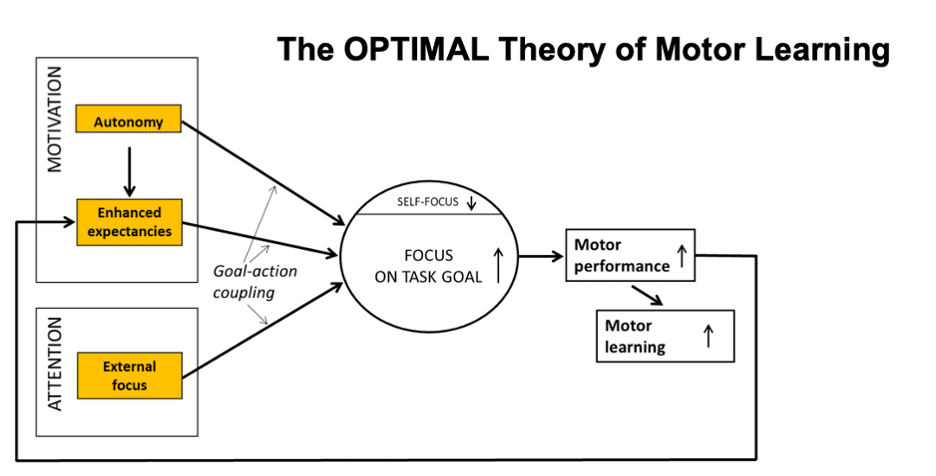
(Wulf, Lewthwaite, OPTIMAL theory of motor learning, 2016)
The figure above ties together the important elements when enhancing one’s learning: Autonomy, or an individual’s right to choice; Enhanced expectancies, mentally preparing for success in your attempt; and External focus, viewing your movement or task as a general goal and not thinking about the individual, internal elements that make up that movement.
Keeping with the heel hook example used above, it would be important for this individual to choose (Autonomy) when they want to use that heel hook as they amass practice. Furthermore, it would also be important for this individual to expect success (Enhance expectancies) as they go for that mantle and utilize that heel hook to top the boulder. Finally, it’s important that once they have this movement down, to focus their attention on the main movement goal and not the fine adjustments that the heel hook has to take as they mantle and push themselves onto the top of the boulder. The harmony of these elements is called goal action coupling and has shown itself to be a helpful strategy in understanding and mastering novel movements.
Without making this more complicated than it needs to be, remember the example of our advanced climber in the Autonomous stage in the paragraphs above. They would need to be able to have developed the “heel hook” skill enough to utilize it in a variety of different rock types, wall angles, and sequencing goals in order to accomplish the purpose of that individual move successfully. The ability to dynamically apply this skill without much thought and no matter the context is the end goal of specific skill development as a climber.
Motor Control and Motor Learning can very quickly become a complicated topic as there are endless applications and variables to consider. Not to mention the critical detail that everyone is an individual and will learn and apply these elements uniquely. My hope in discussing this topic is that it will drive you to think about climbing, the tools we use, and strategies we develop in a new light.
Do you want help optimizing your learning?
Go see a Physical Therapist (DPT) for an evaluation! Physical Therapists are movement specialists and those that are focused on performance can help you identify movement errors, power saps in your performance, in addition to keeping you injury free in top form for training and future sends. They are specially trained in task analysis, body mechanics, and anatomy and physiology to help tailor your training to your body’s needs and your climbing/fitness goals. If you have climbing specific training questions, it would be best to reach out to a PT who climbs and trains climbers as others might not be as aware of the specific needs of a climber.
About the author:
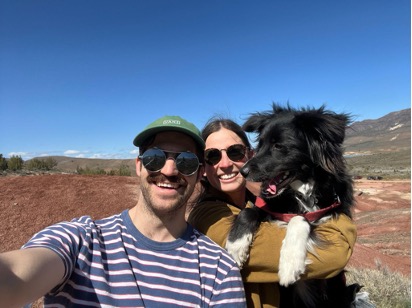
Joe Manoles is currently a Year 2 Student Physical Therapist at Oregon State University–Cascades in Bend, OR and will graduate Spring 24’. He loves all things outdoors, but especially climbing. He is married to Taylor and together they have a border collie Finn. After graduation, he plans on serving the “mountain athlete” with performance and rehabilitation services in the Bend area. If you have any questions about him or these concepts and their application, feel free to reach out to connect joe.manoles@gmail.com and @joemanoles on instagram.
References:
- Motor Control: translating research into clinical practice Anne Shumway Cook, Marjorie H. Woollacott 4th edition.
- Wulf, G., Lewthwaite, R. Optimizing performance through intrinsic motivation and attention for learning: The OPTIMAL theory of motor learning. Psychon Bull Rev 23, 1382–1414 (2016). https://doi.org/10.3758/s13423-015-0999-9
- Van Andel, S., Pieper, R., Werner, I., Wachholz, F., Mohr, M., & Federolf, P. (2022). Implications of Optimal Feedback Control Theory for Sport Coaching and Motor Learning: A Systematic Review, Motor Control, 26(1), 144-167. Retrieved Mar 13, 2023, from https://doi.org/10.1123/mc.2021-0041
Special thanks to Dr. Mike Studer PT, DPT, MHS, NCS, CEEAA, CWT, CSST, FAPTA for his contributions to my education and to this article. –
- Disclaimer – The content here is designed for information & education purposes only and the content is not intended for medical advice.


